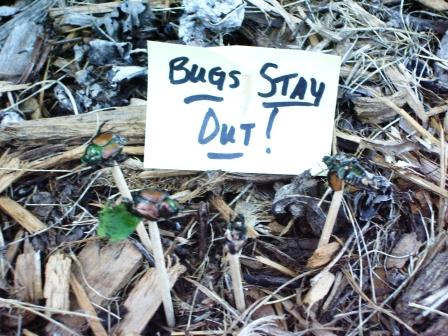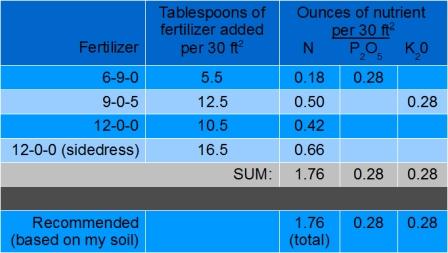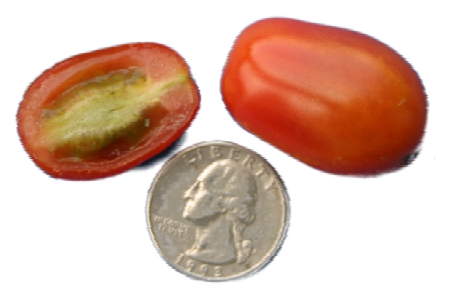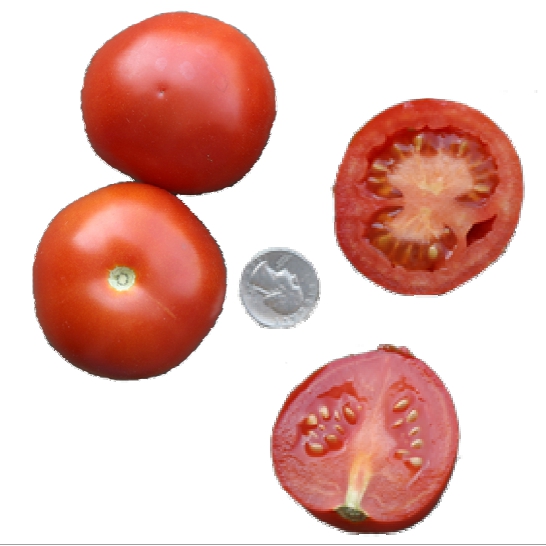A couple of weeks ago I had the opportunity to talk with a professor in the agronomy department who’s going to be retiring very soon. We talked about education and field trials, corn and trees, and then we started talking about the future of our departments. Both of us are concerned that this generation of horticulturists (and agronomists—but I’m just going to deal with horticulture here) will be the last.
Over the last 10 or so years we have been losing horticulture departments. Because of smaller budgets colleges and universities have combined hort departments with other departments to save money. But I don’t see this as a major problem, after all, a rose by any other name would smell as sweet (OK – truth is I don’t know many sweet smelling horticulturists). Horticulturists can be in departments besides horticulture and still do their job…But what is the job of a horticulturist at a university?
There will be all kinds of opinions on the “real” job of a horticulturist, but I believe that a big part of being a horticulturist is being a generalist – knowing a little about a lot of different things – insects, plant disease, soil. We’re a little like a general practitioner who can take care of basic stuff and then refer the client to a specialist if needed. Though most of us work with a particular type of crop (historically horticulture was split into 4 large groups – floriculture, fruit, vegetables, and landscape horticulture), horticulturists generally know enough about other crops so as not to make too much of a fool of themselves if they talk in general terms. We know how plants work, and we know how the environments around them work to help them grow. We are, in many ways, applied ecologists who are concerned about landscapes and the production of what many consider “minor” crops (at least compared to corn and soybeans!).
The biggest problem, as I see it, is that we are not hiring, or training, the number of horticulturists we once did. In colleges and universities a premium is placed upon hiring faculty members who can acquire big dollars through federal grants. The government likes “sexy” research which, right now, includes things like genetic engineering and biochemistry. The government is open to having this work done on crops like apples and onions, or even nursery stock. The problem is that generalists don’t tend to have the specialized knowledge in genetic engineering or biochemistry to do the work. Hence, a biochemist or molecular biologist is hired and, hopefully, gets the grants the university needs. But, in my experience, rarely do they really understand the crops they’re working on in terms of actually growing it. Some do of course, but in the cases where they do it tends to be after the fact – in other words they learn about the crops after they begin working on them and their knowledge is often very basic. I suppose this is OK, but to me it is sad that we’re not hiring what I consider true horticulturists anymore. And, because we’re not hiring true horticulture faculty we’re not graduating many horticulturists from our graduate schools either. Sure, we’re graduating molecular biologists and biochemists – and even a few breeders (who very often are horticulturists) – but these students may or may not leave a university with knowledge of “horticulture” as a whole. And if we don’t start hiring more horticulturists what will happen? Who will teach our introduction to horticulture course – or will horticulture just fragment and we’ll all need to go looking to specialists. I don’t know, but it bothers me.





